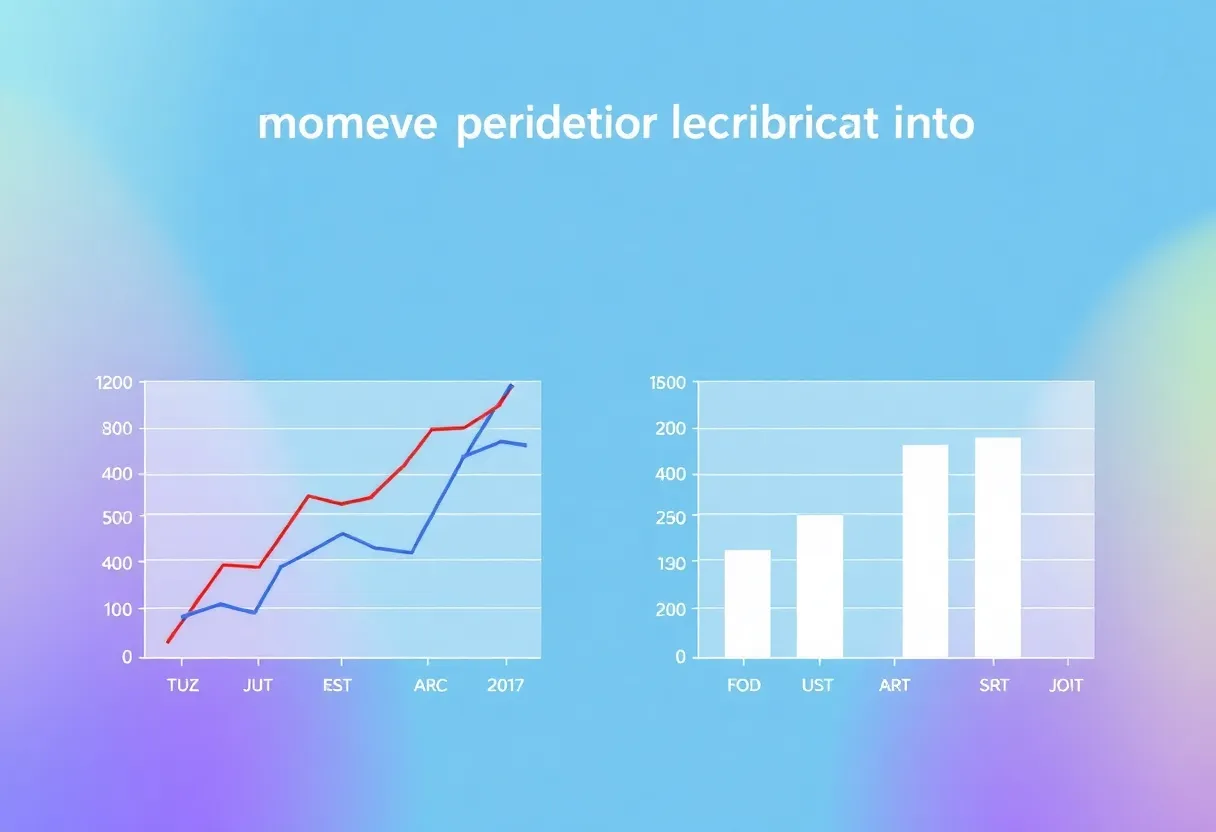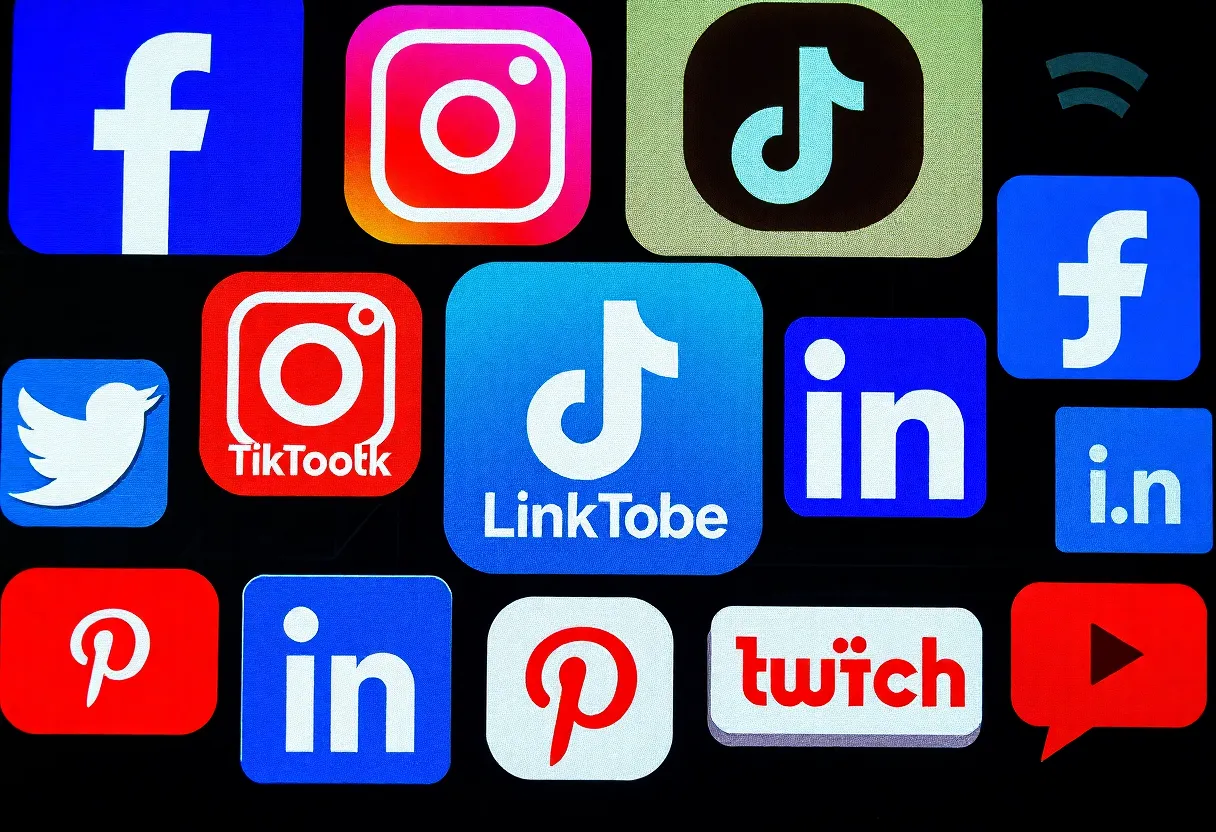How to Use A/B Testing to Enhance Your Digital Marketing Campaigns
A/B testing, often referred to as split testing, is an essential tool in digital marketing. It allows marketers to compare two versions of a campaign element—such as a webpage, email, or advertisement—to determine which one performs better. With the growing importance of data-driven decisions, A/B testing has become a cornerstone for enhancing marketing effectiveness.
Understanding A/B Testing
A/B testing involves creating two variants (A and B) and measuring their performance against a specific metric. The results provide insights that can guide marketing strategies. The process typically involves:
- Identifying the goal of the test
- Choosing the variable (e.g., headlines, images, call-to-action buttons)
- Dividing the audience
- Running the test
- Analyzing the results
Why A/B Testing Matters
Implementing A/B testing provides numerous advantages:
- Informed decisions: Reliably assess which version resonates more with your audience.
- Increased engagement: Tailor your content to enhance user interaction.
- Improved conversion rates: Optimize critical elements to drive sales and leads.
Key Steps to Conduct A/B Testing Effectively
1. Define Objectives
Identify what you want to learn or achieve through your A/B test. Common objectives include:
- Boosting click-through rates (CTR)
- Maximizing conversion rates
- Reducing bounce rates
2. Choose the Right Variable
Decide which element to test. The variable could be:
- Headlines
- Page layouts
- Images
- Call-to-action buttons
Focus on one variable at a time for clear insights.
3. Select Your Audience
Define your target audience. It is crucial to ensure that your two groups are comparable. This ensures that the test results are valid. Consider segmentation based on:
- Demographics
- Geographical location
- User behavior
4. Determine Sample Size
Choose a sample size sufficient to yield statistically significant results. A larger sample size can lead to more reliable insights. Utilize statistical power calculators to estimate the necessary sample size based on conversion rates.
5. Run the Test
Launch your A/B test. Ensure that the duration is long enough to capture accurate results but not so long that external factors skew the data. Typically, 1-4 weeks is optimal, depending on your traffic levels.
6. Analyze Results
Review the data collected from the A/B test. Key performance indicators (KPIs) to evaluate include:
- Conversion rates
- Engagement metrics (e.g., time on page, clicks)
- Bounce rates
Utilize statistical tools to confirm whether the results are statistically significant.
7. Implement Findings
Once you analyze the results, apply the winning version to your campaign. Continuous testing allows you to evolve your marketing strategy based on customer preferences.
Common A/B Testing Pitfalls
While A/B testing is effective, there are common mistakes to avoid:
- Testing too many variables: Focus on one variable at a time.
- Short testing duration: Ensure the test runs long enough to gather meaningful data.
- Neglecting statistical significance: Always verify that results are statistically valid.
Tools for A/B Testing
Numerous online tools facilitate A/B testing. Some popular options include:
- Google Optimize: Integrates easily with Google Analytics.
- Optimizely: Offers a robust feature set for comprehensive tests.
- VWO: Provides insights through various testing methods, including A/B tests and multivariate tests.
Expanding Beyond A/B Testing
A/B testing can also serve as a springboard for more advanced testing methodologies, such as:
- Multivariate testing: Assess multiple variables simultaneously.
- Split URL testing: Compare different URLs rather than simple variations on one page.
Conclusion
A/B testing is an invaluable method for refining digital marketing efforts. By systematically evaluating different elements of marketing campaigns, businesses can make informed decisions that lead to enhanced performance. It is essential to approach A/B testing with clarity and focus on the goals to extract pertinent insights. With consistent testing and analysis, marketers can significantly improve their strategies and achieve better results.








